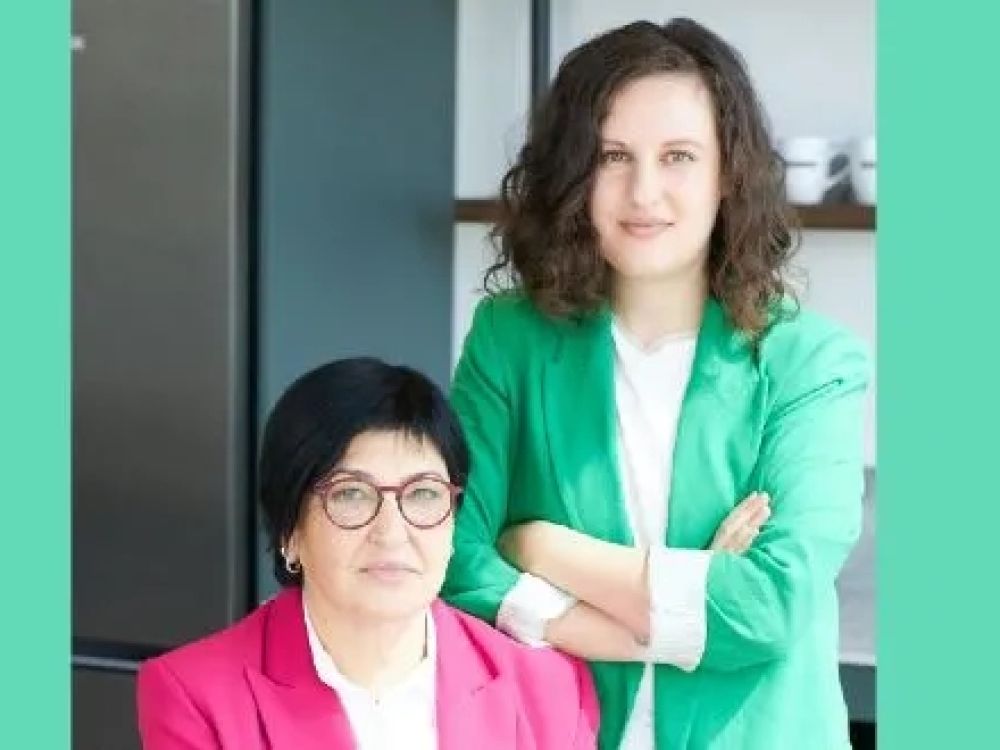Attention Deficit Hyperactivity disorder (ADHD) is one of the most common mental disorders affecting children. Symptoms of ADHD include inattention, hyperactivity, and impulsivity, and the disorder is considered a chronic and debilitating disorder that affects many aspects of an individual’s life, including academic and professional achievements, interpersonal relationships, and daily functioning.
Tel Aviv University has developed a new treatment called Computerized Progressive Attention Training (CPAT), which has shown remarkable efficacy in alleviating symptoms of Attention Deficit Hyperactivity Disorder (ADHD) among students. In fact, a notable 33% of students experienced significant improvements in their symptoms when undergoing CPAT, surpassing the improvement in symptoms of only 11% of the students who participated in a parallel protocol involving mindfulness training. During this mindfulness training, students practiced a specific form of meditation designed to mitigate their attention difficulties. Importantly, the benefits of CPAT also outshone those of drug treatments like Ritalin, as the improvements persisted for up to four months after the completion of the treatment protocol.
Research Challenges with Non-Medication Interventions
The study was the doctoral dissertation of Dr. Pnina Stern, under the guidance of Prof. Lilach Shalev-Mevorach of The Jaime and Joan Constantiner School of Education at Tel Aviv University. The encouraging results of the study were recently accepted for publication in the Journal of Attention Disorders.
“We developed the CPAT system years ago, and it produced good results in previous studies that we conducted, mainly in children,” explains Prof. Shalev-Mevorach. “Furthermore, in the only study that we conducted in adults with ADHD, positive findings were obtained, but without indications of ‘far transfer,’ meaning an improvement in functions for which participants were not directly trained in the treatment.”
According to Prof. Shalev-Mevorach, it is challenging for researchers to make scientific claims about the effectiveness of non-medication treatments because it is difficult to compare them to a “non-medication placebo.” In other words, when studying non-medication treatments, it’s hard to distinguish the effects of the treatment itself from other factors like the attention participants receive during training sessions or the effort they put into the research. This makes it complex to determine the true impact of non-medication interventions.

Prof. Lilach Shalev-Mevorach
Students with ADHD Enrolled
In the current study, the team of researchers tried to resolve this by employing a research design that included two control groups: a regular control group, which performed the various assessment tasks at two points in time without any intervention as part of the research (the passive control group) and a second control group that participated in mindfulness training sessions under the guidance of a professional instructor. This type of training has yielded positive results in previous studies in people with ADHD.
For the experiment 54 students, male and female, diagnosed with ADHD were recruited from Tel Aviv University and other academic institutions. The subjects were blindly divided into three groups: a zero-intervention control group, a mindfulness group and a CPAT group.
Participants in the CPAT and the Mindfulness groups attended two-hour long group meetings on the University campus once a week, where the CPAT group received Computerized Progressive Attention Training and the mindfulness group received training from a certified mindfulness instructor.
Before and after the intervention protocol, the participants of the three groups performed a comprehensive series of assessment tests: standard computerized tests to assess attention functions, behavioral assessment questionnaires (self-reported ADHD symptoms), and mindfulness questionnaires (self-reported feelings such as stress, anxiety and well-being). In addition, a novel measurement was used for this intervention study, whose participants were, as mentioned, higher-education students: they were asked to read a text from a scientific article while their eye movements were tracked by an eye-tracker. The indices produced using the eye-tracking system made it possible to identify a pattern of inattentive reading, which was used as a measure of reading efficiency in an academic context. Finally, the participants filled out a questionnaire regarding their academic difficulties.
Improvements Maintained Over Time
Prof. Shalev-Mevorach says the results were very positive: “We saw improvements in the attention functions themselves, that is, ‘near transfer,’ for example in sustained attention, the ability to remain attentive for a long period of time, and in attention control, the ability to delay a routine response. But the main thing, is that we saw significant improvements in the participants’ daily and academic functioning, such as reduced repeated reading while reading a scientific article. Furthermore, the improvements in these attention functions were connected to the reduction in behavioral symptoms of ADHD and in repetitive reading.”
“In other words, the CPAT trained the attention mechanisms themselves, and their improvement was related to the improvement achieved in behavioral symptoms and reading patterns. 33% of the participants who received the CPAT protocol showed a significant improvement in ADHD symptoms, compared to only 11% of those who underwent the mindfulness protocol. The improvements obtained were preserved in the testing that was carried out about four months after the end of the intervention protocol.”
Prof. Shalev-Mevorach notes that the effects of stimulant drugs (psychostimulants) such as Ritalin and Concerta are ‘on-off’: patients who take Ritalin daily enjoy significant improvements, but when they stop the treatment, the improvements fade, and they return to the starting point. She says the researchers wish to bring about “a profound change in basic attention functions, a change that will be significant in the long term, as an additional option alongside medication, and of course as an alternative to drug treatment in cases in which it isn’t applicable.”









